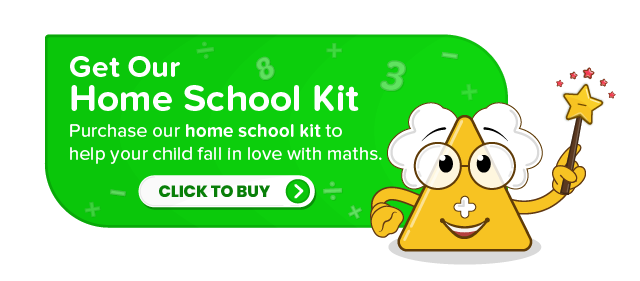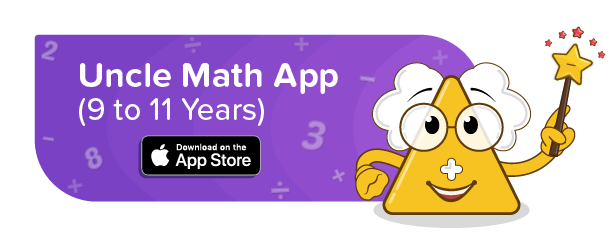
Math Story : Parts Of A Circle
The Space Station
“Hey, Uncle Math, you keep sending so many satellites and other objects to space. But how do you manage them from here?” questions Triho. Others are curious to hear the answer as well. “I manage them with the help of a space station that is built-in space”, answers Uncle Math.
“Wow! The space station must be huge right?” questions Cirha. “Yes, of course. The space station is also used for scientific study and launching other spacecraft”, explains Uncle Math. The kids are amazed and wish to see how the space station looks.
Uncle Math starts his monitor and shows them the live footage of the space station orbiting around Earth. The kids are astonished.

“I want to make a space station too”, says Cirho. “Oh yes! How about making a space station model?” suggests Cirha. Everybody agrees and decides to proceed.
They quickly grab some paper, drawing tools, and cutting tools to design their model. “But before we start our design, let us make a plan of how we should proceed and decide the steps in detail”, says Triho. Indeed having a plan is better than none at all. Together they decide their model design process and delegate the tasks accordingly.
“So how big the circle of the space station should be?” questions Squarho. Puzzled, they try to understand the length of the circle by showing their two hands. “No! There must be some correct way to measure the length of the circle”, says Triho. They decide to ask Uncle Math.
“Oh yes! There is a way”, says Uncle Math. “A circle is formed when a collection of points that are at the same distance from a fixed point are joined together. This fixed point is called the centre of the circle”, he explains.

“Now when you draw a line joining any of these points with the centre, it forms the radius of the circle. And when you draw a line that joins any of the two points on the circle passing through the centre, it forms the diameter of the circle”, adds Uncle Math.

“Oh! So the radius is double the diameter. Am I right?” says Trio. “Exactly. A radius is half of the diameter. A diameter is double the radius. Also, a circle too has a boundary. This entire boundary of the circle is called the circumference of the circle. Now can you guess how can we measure the size of the circle?” asks Uncle Math.

“Oh, I know! Using the circumference”, says Cirho. “Yes, you’re right! But measuring circumference is a little complicated. Can you think of any other way to measure the size of the circle?” asks Uncle Math. After thinking for a while, Cirha says, “I know! We can measure the length of the circle using diameter or radius too. Correct?”
“Absolutely!” agrees Uncle Math. The kids are delighted. “Let the radius of the circle be 1000 cm”, says Uncle Math. Triho writes the required measurements on the model drawing. Together they complete the design and are ready for the next step. But what is the next step? Are they going to gather the materials now?

“Time for printing!” says Uncle Math as he inputs the model design into his 3D printing gadget. The kids are curious to see how their model turns out to be.
The space station is ready, and it is huge. It is so huge that the kids and Uncle Math look tiny in front of it.

“Will we also launch it into the space?” questions Squarho. “Of course!” says Uncle Math. The kids are elated. They jump with joy.
“Thud! Zoom!Swoosh!” roars the rocket as Uncle Math and kids launch the space station into orbit. A wish, a perfect plan, some obstacles, a circle with various parts and a thundering rocket launch! This calls for a celebration indeed.

We Learnt That…
- A circle is formed when a collection of points that are at the same distance from a fixed point are joined together.
- This fixed point is called the centre of the circle.
- When we draw a line joining any of the points on the circle with its centre, it forms the radius of the circle.
- When we draw a line that joins any of the two points on the circle passing through the centre, it forms the diameter of the circle.
- The entire boundary of the circle is called the circumference of the circle.
- Having a plan is better than none at all.
Let’s Discuss
- What were we making today?
- How is a space station helpful?
- How did we measure the size of the circle?
- What are the different parts of the circle? Explain.
- “Having a plan is better than none at all.” Do you agree? Why or why not?





